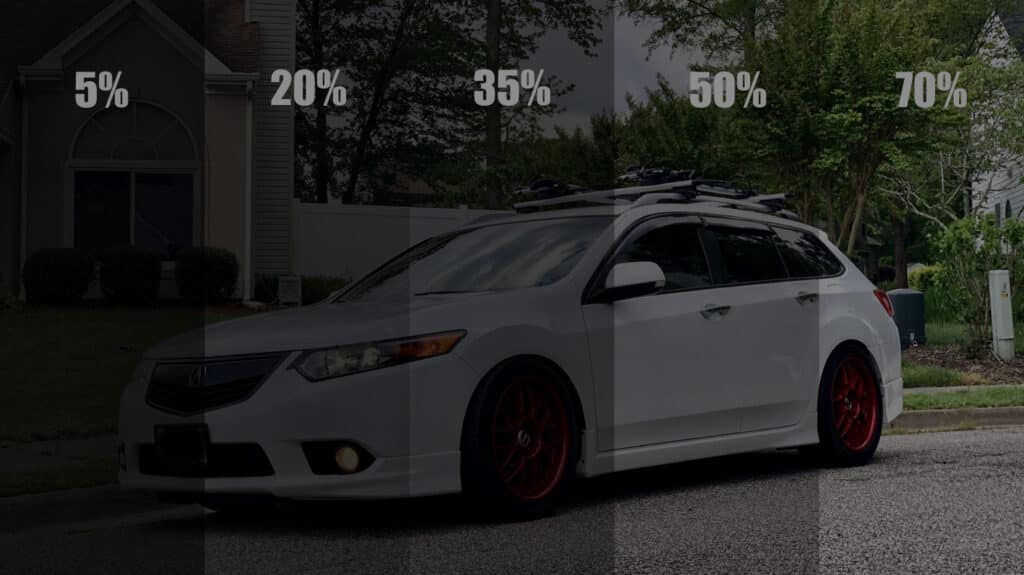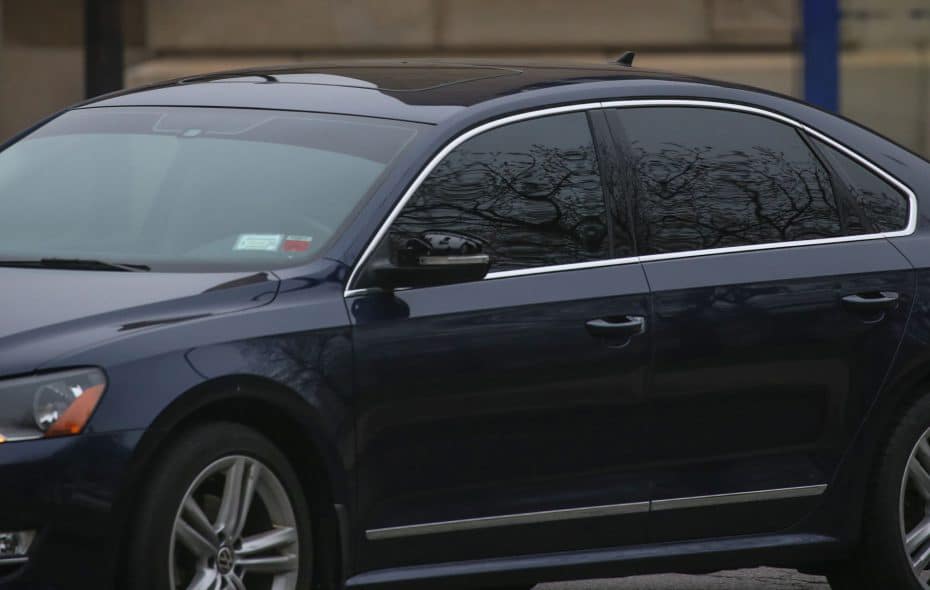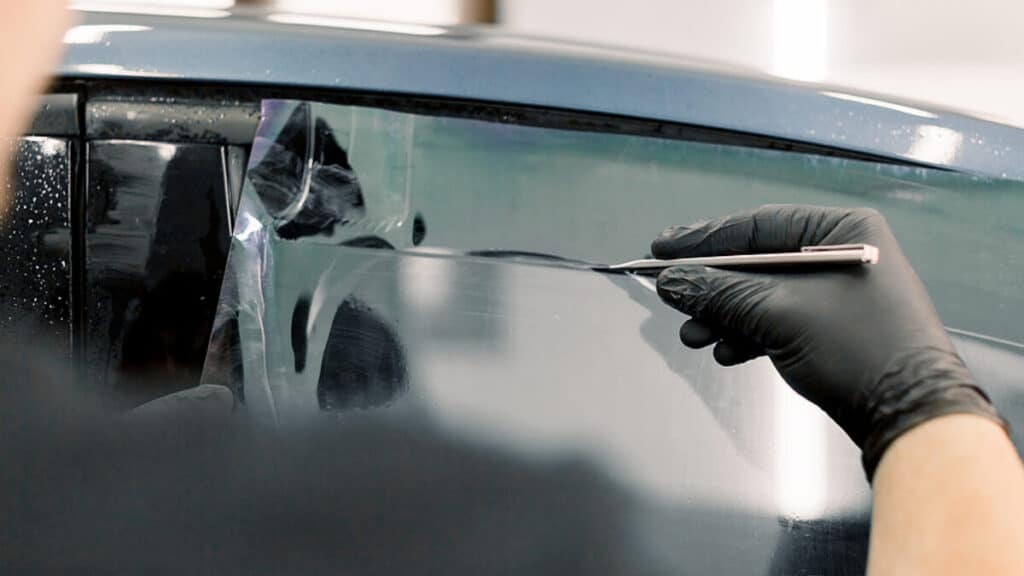People get their car windows tinted for various reasons. Mainly because it’s a great addition during the long summers and also because it adds to the overall character of their cars.
However, because of the amount of privacy offered by dark tint film, their use is regulated by law. This means there’s a legal limit to how dark your window tint can be.
Vehicle window tinting is governed by the rules and regulations stipulated by the state. It’s worth mentioning that these laws vary slightly across different U.S. states.
If you live in Missouri and you want to get your car windows tinted, then it is important to know the state’s tint laws. That’s exactly what we’ll discuss in this article.
Are Tinted Windows Legal in Missouri?
Window tinting is permitted in Missouri, but there are some rules and guidelines that you must comply with.
Window tint laws were implemented in Missouri in 2002. Below we’ll give you a rundown of these rules and how to follow them.
Car Tint Legal Limit

Every state in the U.S. has limits on how dark your windows can be. The transparency of your windows is typically measured with the help of a unit called visible light transmission or VLT.
If your tint film is rated at a higher VLT%, then it means that it allows more light to pass through.
For instance, a tint film with 60% VLT will let 60% of light pass through, whereas a film with a VLT of 5% will only allow 5% light to pass through, which means that the 5% tint is a lot darker than a 60% tint film.

Find the permissible VLT limits for Sedans, Vans, and SUVs below:
Windshield: You can install non-reflective tint above the AS-1 line
Driver-side windows: Should let in more than 35% of light
Passenger-side windows: Should allow more than 35% of light to pass through
Rear window: No limit
Acceptable Tint Reflection

There are all kinds of window tint options that you can choose from. Reflective tints are quite popular; the main reason why some people prefer using them is because they lower the glare and prevent heat from seeping into the interior.
Tint reflection differs from tint darkness; tint darkness refers to the amount of light let in by the tint film, whereas tint reflection is the amount of light reflected by it.
The Missouri tint law permits a certain amount of reflection for Sedans, SUVs, and vans:
Windshield: Should not be reflective
Driver-side windows: No more than 35%
Passenger-side windows: Should not be any more reflective than 35%
Rear window: Should not be reflective more than 35%
Other Tint Rules You Need to Know

Some of the other tint rules of the Missouri state include:
- If the rear window is tinted, then your car needs to have 2 side mirrors.
- All tint colors are permitted.
- A variance of 3% from the prescribed tint levels is allowed.
- Tint film manufacturers are not required to certify the film sold in the state.
- There is no need for you to install a window sticker that validates the legality of your tint.
- The state allows the use of special tints for medical exemptions.
- You can be charged with a Class C misdemeanor for violating the Missouri tint law and you may be fined up to $750 or receive 15 days of jail time.
State of Missouri Info

Named after the Missouri River that flows through it, the “Show-Me State” or Missouri is a Midwestern state that lies between Kentucky and Kansas.
Missouri has 114 counties and the largest cities in the state are Kansas, St. Louis, Columbia, Springfield, and Jefferson City, the capital city of Missouri.
Home to beautiful landscapes and scenery, with grassy peaks and stunning Ozark Mountain peaks, Missouri is a beautiful state.
Population: 6.18 million
Capital: Jefferson City
Registered vehicles: 5,153,425
Total lane miles: 277,504
Number of highways: 7
Tint law references: Revised Statutes Chapter 307

